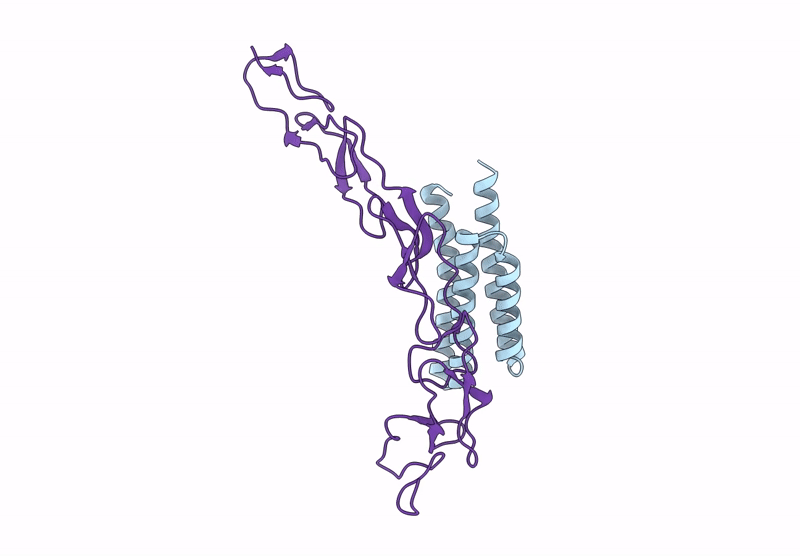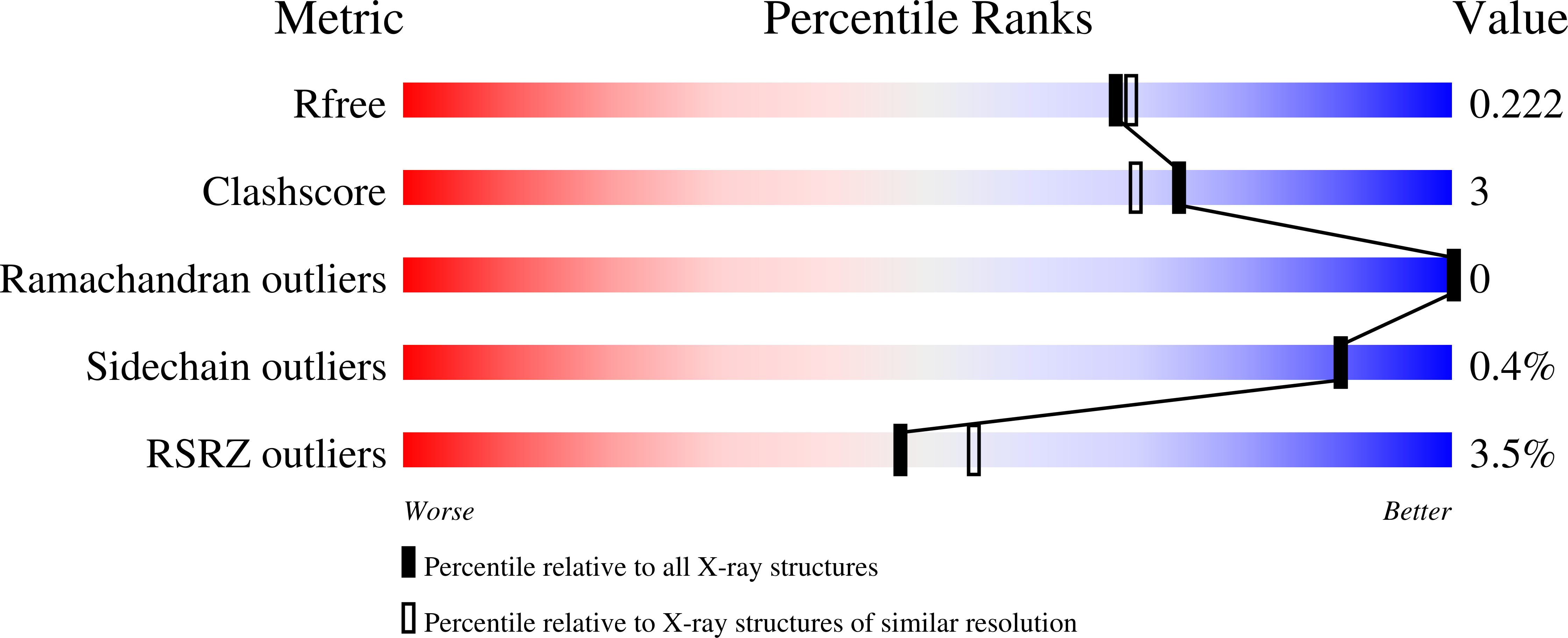
Deposition Date
2024-07-26
Release Date
2024-12-04
Last Version Date
2024-12-18
Entry Detail
Biological Source:
Source Organism:
synthetic construct (Taxon ID: 32630)
Homo sapiens (Taxon ID: 9606)
Homo sapiens (Taxon ID: 9606)
Host Organism:
Method Details:
Experimental Method:
Resolution:
1.96 Å
R-Value Free:
0.22
R-Value Work:
0.18
R-Value Observed:
0.18
Space Group:
P 21 21 21


